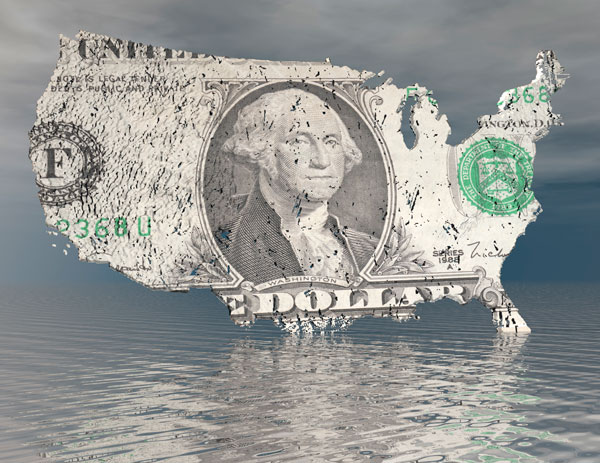As reported in the Globe and Mail, U.S. employment growth slowed more than expected in August after two straight months of robust gains and wage gains moderated, which could effectively rule out an interest rate increase from the Federal Reserve this month.
Nonfarm payrolls rose by 151,000 jobs last month after an upwardly revised 275,000 increase in July, with hiring in manufacturing and construction sectors declining, the Labor Department said on Friday. The unemployment rate was unchanged at 4.9 per cent as more people entered the labour market.
“This mixed jobs report puts the Fed in a tricky situation. It’s not all around strong enough to assure a September interest rate hike. But it’s solid enough to engender a heated policy discussion,” said Mohamed el-Erian, chief economic adviser at Allianz, in Newport Beach, California.
Economists polled by Reuters had forecast payrolls rising 180,000 last month and the unemployment rate slipping one-tenth of a percentage point to 4.8 per cent.
Last month’s jobs gains, however, could still be sufficient to push the Fed to raise interest rates in December. The rise in payrolls reinforces views that the economy has regained speed after almost stalling in the first half of the year.
The report comes more than two weeks before the U.S. central bank’s Sept. 20-21 policy meeting. Rate hike probabilities for both the September and December meetings rose after remarks last Friday by Fed Chair Janet Yellen that the case for raising rates had strengthened in recent months.
Following the report, financial markets were pricing in a 27 per cent chance of a rate hike this month and a 57.7 per cent probability in December, according to the CME Fedwatch tool.
The Fed lifted its benchmark overnight interest rate at the end of last year for the first time in nearly a decade, but has held it steady since amid concerns over low inflation.
The dollar fell against a basket of currencies after the report, while prices for U.S. government bonds rose. U.S. stock futures rose.
“As far as the Fed is concerned, I don’t think it’s a number that is a major setback for what they ultimately want to achieve, which is a slow and gradual pace for a rate normalization,” said Jason Celente, senior fixed income portfolio manager at Insight Investment in New York.

